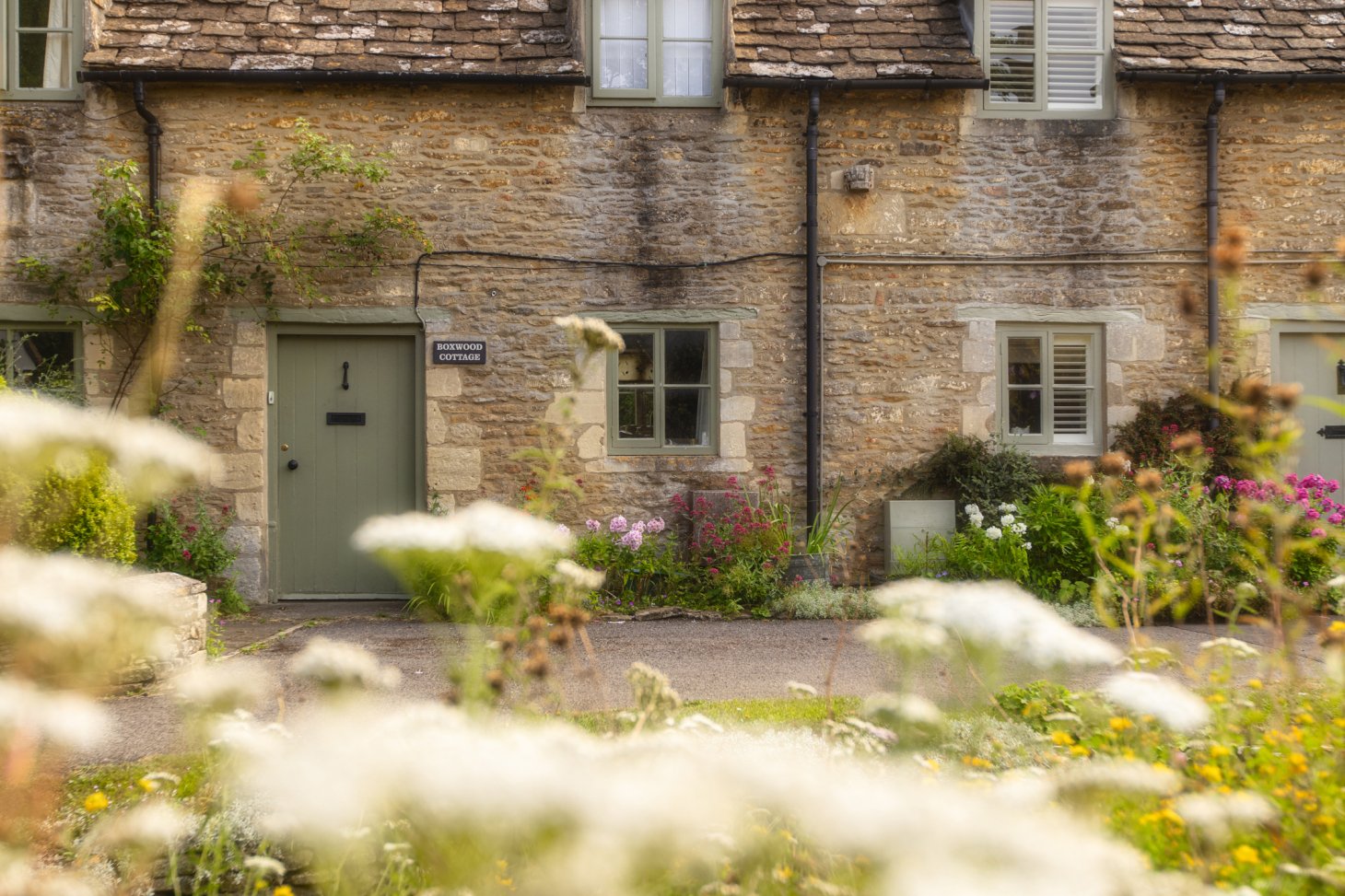
If we thought meeting the need for net new homes was tricky, just wait till we consider a rolling replacement programme.
The most recent report from MHCLG suggests that an average of 161,000 new homes were completed over the last two years. Of course a pandemic does not exactly speed up the building programme, but even before COVID 19 put in an appearance we were still nowhere near the Government targets of 300,000 homes a year.
If we want to consider the impact on the number of homes available, perhaps it’s fairer to consider the net new homes figure, which includes changes of use etc, and gives us a more encouraging number of 243,770 new homes in the year concluding March 2020 – getting closer to that target.
When looking to significantly increase the volume of new homes, it is understandable to opt for the lowest cost and fastest build methods.
However, the need to meet a growing demand for additional new homes masks a far larger problem.
In the same year, to March 2020, a total of 9,020 demolitions were recorded. So, let’s assume that this means 9,020 homes were replaced in the year to March 2020.
There are around 23 million homes in England. If we replace just over 9,000 of those homes every year, it will take us 2,500 years to replace them all.
Is anyone designing a house that will last for over 2,000 years?
Most of us in England (56%) live in homes that are at least 55 years old. It may be a salutary thought there is not, and never has been, any informed prediction of life expectancy required of any new home.
The warranties provided to modular buildings require a 60-year lifespan.
This kind of calculation leads me personally to two conclusions:
- Housebuilding is an industry that I will certainly encourage my children to go into – we are going to need a lot of new houses over the next generation.
- When I’m buying a house, I’m going to look closely at the materials. I’m looking for robust, durable, reassuring masonry.